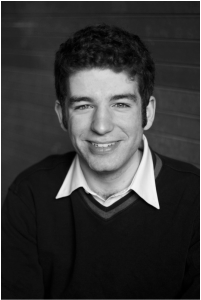
Power Rangers Super Mega Force, the most recent incarnation of the Power Rangers franchise aired its final new episode of the year on November 22nd. Sometime next year we’ll receive an announcement about the title of the next incarnation that’ll most likely last another two years before getting replaced by another. Likewise a new Power Rangers reboot movie is planned to premier sometime in 2016 along with several video game tie-ins and comic book adaptations. Power Rangers has been an enduring part of Saturday morning television in the United States and abroad since 1993, They had a balloon in the Macy’s Thanksgiving Day parade, and there are conventions dedicated to their legacy set up across the country. Which is strange when you consider that it’s a relic of a long outdated method of inter-cultural adaptation.
A Brief History of Power Rangers:
In 1992 the most recent Sentai series was Kyōryū Sentai Zyuranger (Tojo, Ogasawara, Sakamoto, Watanabe, Amemiya, 1992-1993). It was this series that Haim Saban, a producer of children’s television in America, saw while on a trip to Japan and decided to bring to the states. But rather than dub the series and risk alienating viewers, he decided to shoot all new footage with American actors and scripts, edit it into the Sentai footage and create an entirely new show called Mighty Morphin Power Rangers (Saban, and Levy, 1993-1995). Because one of the main concepts in Sentai was that the characters would always have a device that would transform them into their superhero forms through a flashy special effect, it was relatively easy to have American actors use the same devices, make a similar special effect, and put it together to show the new actors in the new footage “morph” into the suited Japanese stuntmen in the old footage.
Another hurdle was the fact that the Sentai was only supposed to last a year but American shows are built to run indefinitely. Saban tried to pay Toei to shoot new footage for them but that could only last until their money ran out. After three seasons of recycling the footage from Zyuranger, Saban finally gave in to formula and changed the name of the show to Power Rangers Zeo (Saban, Levy, 1996) for its fourth season. Now each season is adapted from the most recent series of Super Sentai. Power Rangers Super Megaforce (Saban, 2014) was adapted from Kaizoku Sentai Gokaiger (Ishinomori, 2011).
Legacy and Impact:
This technique of localization may seem strange to some. But as I said before it’s a part of an American tradition of localization that goes back a long way. In the 1950’s when Godzilla was popular in Japan and the USA wanted to show the film here, Transworld Releasing Corp shot brand new footage with actor Raymond Burr as an American reporter commenting on all that was going on to add some context for American viewers. You might be asking yourself at this point: why not just dub? The problem as it was perceived at the time was that dubbing makes things look silly. There is a threshold for suspension of disbelief when watching a movie about gods and monsters that is very easy to break by something like bad acting, or bad effects, or poor sound quality. Dubbing is like a triple threat in this case. Voice actors who dub have a reputation for being particularly bad actors, whether they are or not is a case by case situation but the reputation still exists. Dubbing is often of a different sound quality than the rest of the sounds in the film which can be distracting. And finally the unreality of seeing a person’s lips move out of synch with their words is very difficult to get beyond.

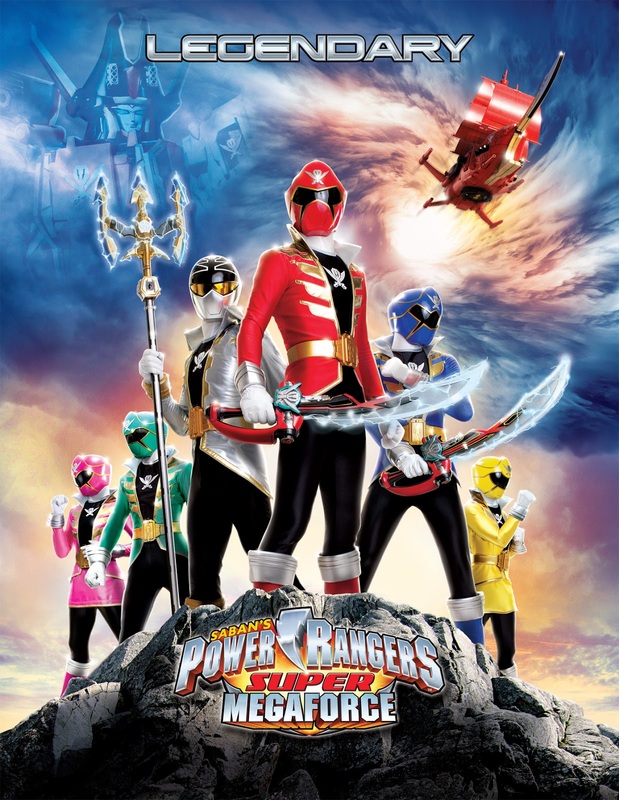
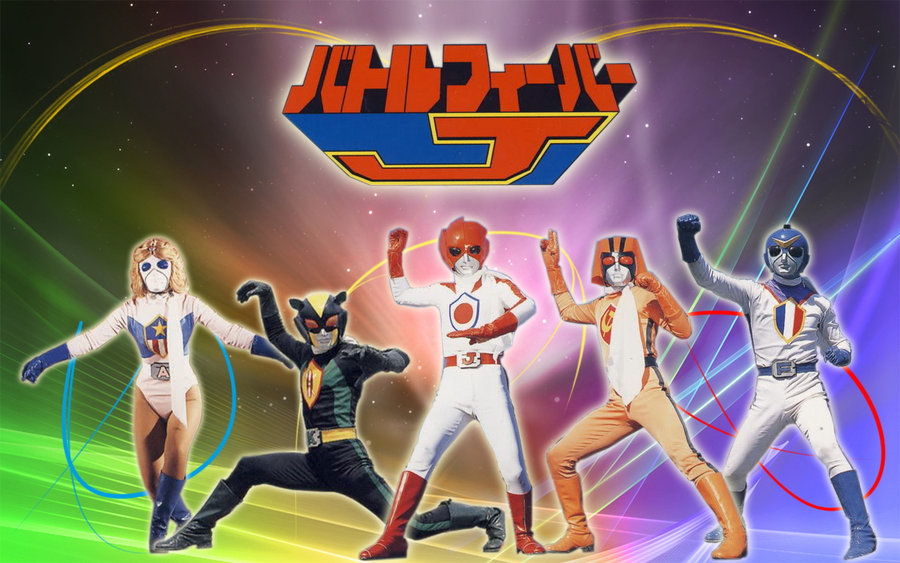
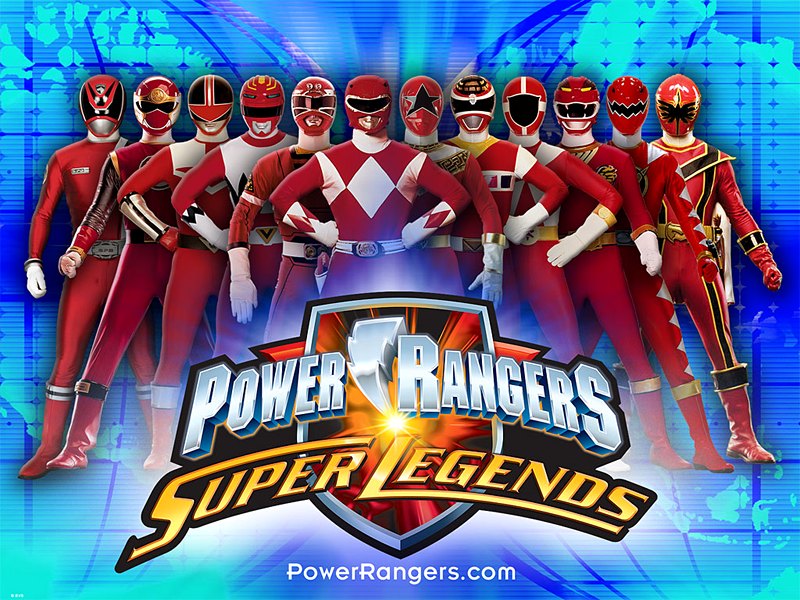
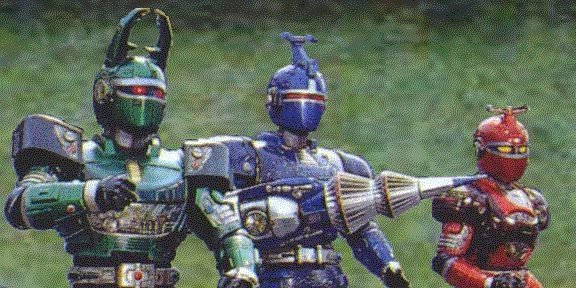
 RSS Feed
RSS Feed
